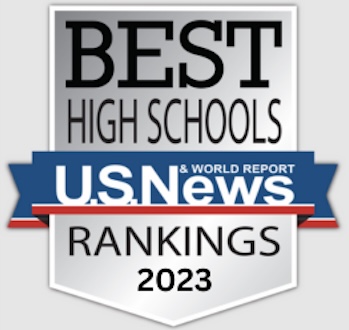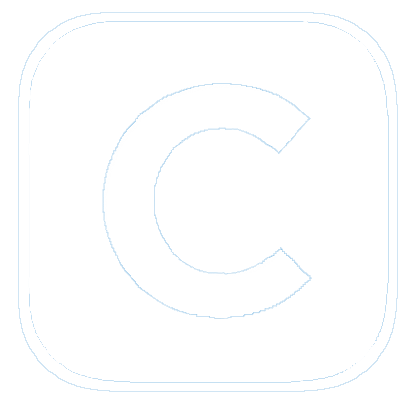3. How Did We Get Here?
Published 2012-13
With plans underway for a new building and a growing sense that a much discussed change was real and imminent, professional learning for P.K. Yonge elementary faculty quickly shifted into preparations for inhabiting a building that looked (at least from the plans!) very different from anything faculty and students had ever before experienced. At the heart of the new building design was a learning community—supported and facilitated by creative and flexible architecture and furnishings. For many months, the focus of elementary professional learning meetings was driven by questions like—What are learning communities? What do they look like? How do they function? How might they vary? How will communities transform teaching and support our students? For facilitators of elementary professional learning activities, Dr. Marisa Stukey and Ashley Pennypacker Hill, it was clear that a solid understanding of learning communities was essential to addressing the next logical question in this process:
What Does a Learning Community Look Like at P.K. Yonge?
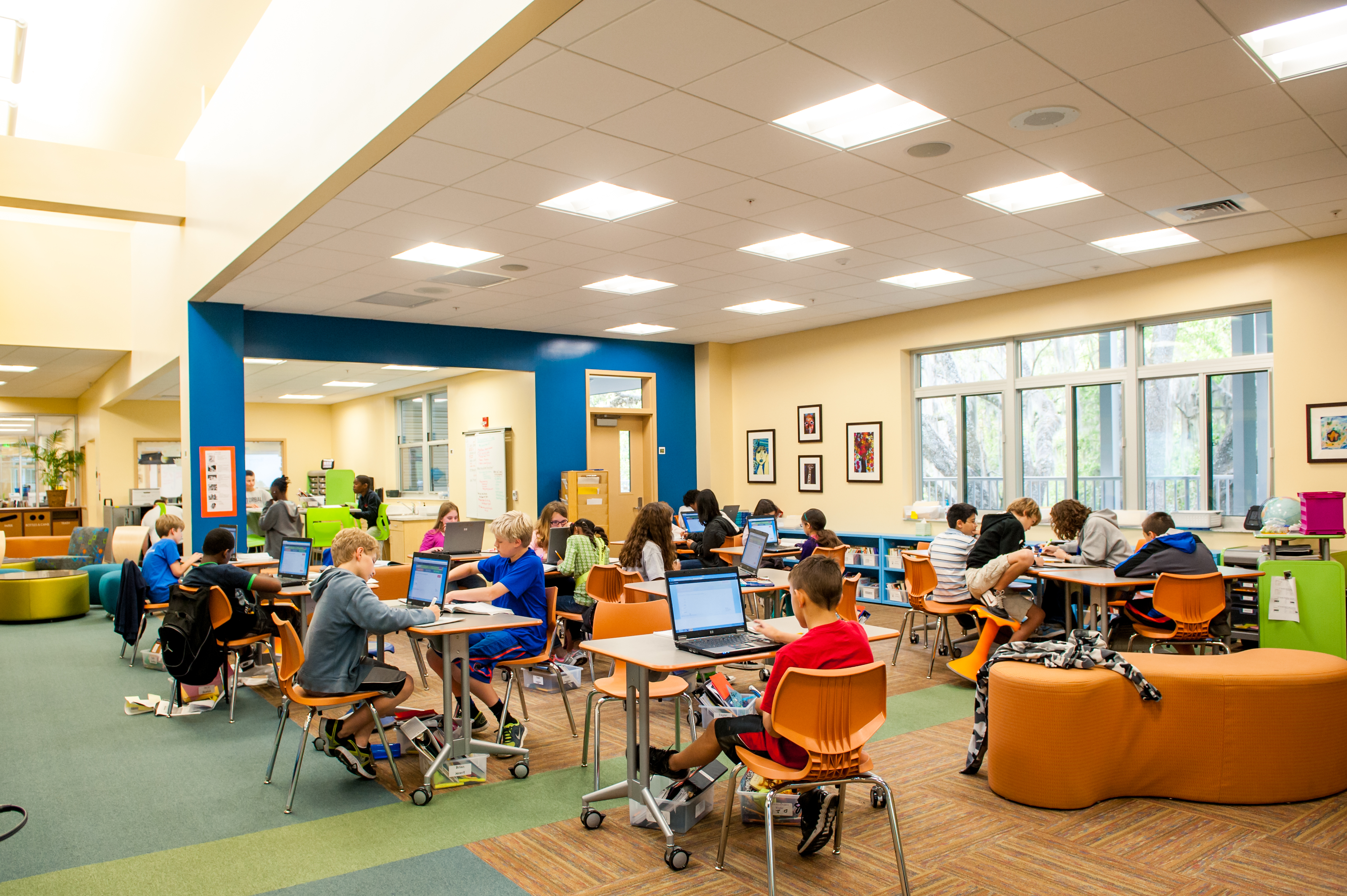 To prepare for the new building, elementary teachers began reading and discussing articles like: Mike Schmoker’s “No Turning Back: The Ironclad Case for Professional Learning Communities,” Richard DuFour’s; “What is a Professional Learning Community,” Thomas W. Many’s “Teacher Talk: “How Collaboration Gets to the Heart of Great Schools,” Jean Richardson’s “Learning Teams: When Teachers Work Together, Knowledge and Rapport Grow.” Opportunities for collective reading, reflection, and processing built the foundation for the path (and building) that lay ahead.
To prepare for the new building, elementary teachers began reading and discussing articles like: Mike Schmoker’s “No Turning Back: The Ironclad Case for Professional Learning Communities,” Richard DuFour’s; “What is a Professional Learning Community,” Thomas W. Many’s “Teacher Talk: “How Collaboration Gets to the Heart of Great Schools,” Jean Richardson’s “Learning Teams: When Teachers Work Together, Knowledge and Rapport Grow.” Opportunities for collective reading, reflection, and processing built the foundation for the path (and building) that lay ahead.
Faculty digital literacy would be essential to our transition to a 21st century model. Therefore the “experienced curriculum” during these meetings centered on increasing teachers’ digital literacy as brainstorming, note-taking, and discussion activities were facilitated with emerging, freely available digital tools like Twiddla, Etherpad, VoiceThread, and Googledocs. Soon, digital tools and resources were introduced to student learning activities as they simultaneously supported our transition into a new building.
With new learning spaces on the horizon, revisiting the relationship between curriculum and instruction (as defined by space) was an obvious next step to planning for student success in the new building. The 4-5 learning community refers to their work in 2009-10 as “collaborating on the back end.” Together they developed a 2-year integrated curriculum for reading and social studies as they continued teaching in traditional classroom spaces. During this time, they also began organizing students in multi-grade flexible groups, and blurring the lines of traditional social studies education as they enhanced their focus on developing students’ literacy skills through content learning. Our teachers now find themselves ahead of times as the Common Core State Standards move into place today.
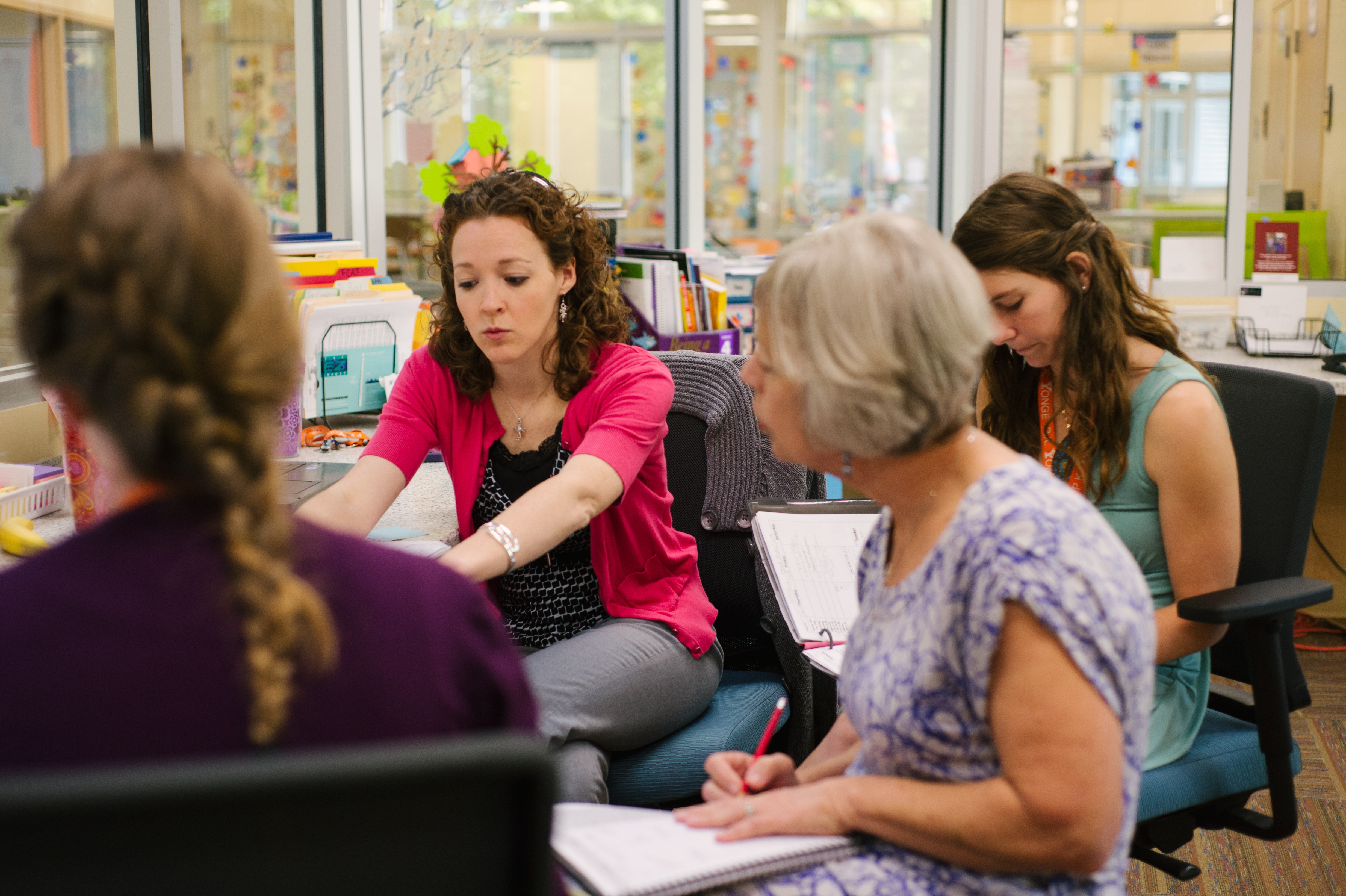 By 2010-11 shifts were underway as teachers prepared themselves and their students for the new building. The kindergarten team drastically changed their use of existing classrooms to work as a team of three teachers to bring together three groups of students. Two classroom spaces were used to teach all kindergarten students, enabling team teaching and increasing faculty collaboration.
By 2010-11 shifts were underway as teachers prepared themselves and their students for the new building. The kindergarten team drastically changed their use of existing classrooms to work as a team of three teachers to bring together three groups of students. Two classroom spaces were used to teach all kindergarten students, enabling team teaching and increasing faculty collaboration.
To make room for the new building, the 4-5 learning community moved out of their traditionally- designed classrooms into connected portable classrooms adapted to support their transition into the new building—doors between classrooms were removed and a common planning space, now known as a Fishbowl, was added. The 4-5 teachers were ready and eager to push forward.
Additional time was devoted to curriculum development as a professional learning community and with facilitation and support from the curriculum coordinator. Funding was invested in release time, Saturday work sessions, and summer work projects.
Professional learning in 2010-11 focused on furthering teachers’ thinking about learning communities. Teachers were grouped in K-1, 2-3, and 4-5 learning communities to foster the development of mutually supportive relationships critical to functioning in the new building. Together they began developing a new model of teaching and learning, a model the new building would demand and support.
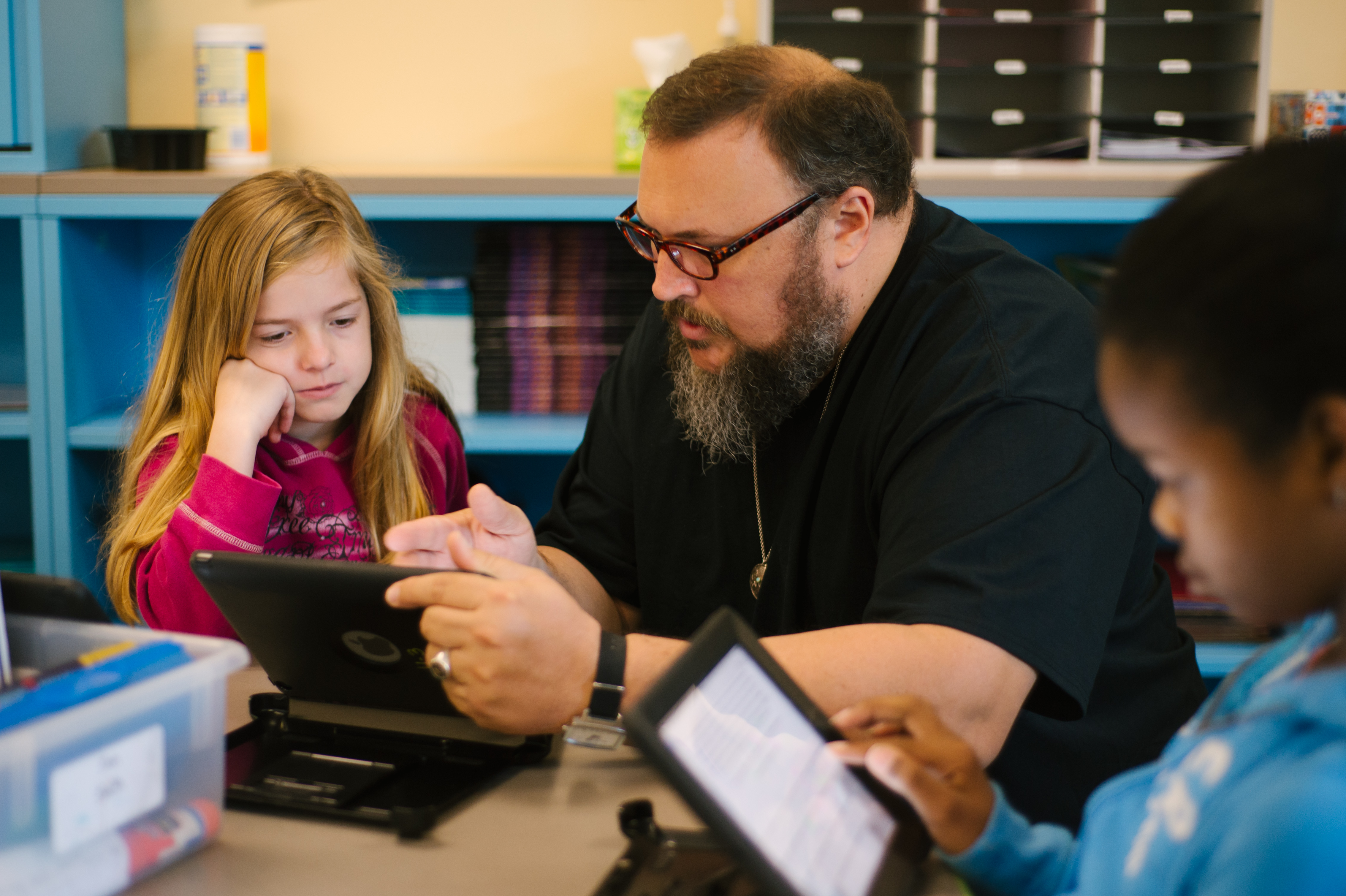 During fall of 2011-12 professional learning was put on hold and serendipitously, provided time for faculty to catch their breath and reflect on the professional learning activities of the previous two years, as they geared up for the next wave of work. As 2011-12 progressed, professional learning activities revisited past initiatives (assessment for learning) while adding study in new areas (student self-regulation). Areas that were rising in importance as the prospect of working in a new space was coming closer to reality.
During fall of 2011-12 professional learning was put on hold and serendipitously, provided time for faculty to catch their breath and reflect on the professional learning activities of the previous two years, as they geared up for the next wave of work. As 2011-12 progressed, professional learning activities revisited past initiatives (assessment for learning) while adding study in new areas (student self-regulation). Areas that were rising in importance as the prospect of working in a new space was coming closer to reality.
As the move became imminent, professional learning activities shifted to the practicalities of the “WHAT” (curriculum and learning activities) and the “WHERE” (actual physical location in the shared spaces in the building) in the new 21st century space. Floor plans were enlarged, and learning community faculty members were given “playing pieces” to represent themselves. They walked through day-to-day, hour-to-hour, minute-to-minute scenarios of “It’s 8 a.m., what are you doing and where?”
We embarked on a magical mystery tour with our faculty—magical in the student reactions to the new learning spaces uncovering mystery as we chart new territory with new ways of teaching and learning that will support learners of today and tomorrow. Our move into a new way of work has demanded rethinking everything about how we teach and support student learning. Today P.K. Yonge elementary teachers share space, resources, and students. They negotiate, compromise, and learn from one another. We believe the results will be extraordinary. Our transition has been challenging and time intensive, while the rewards have been amazing.
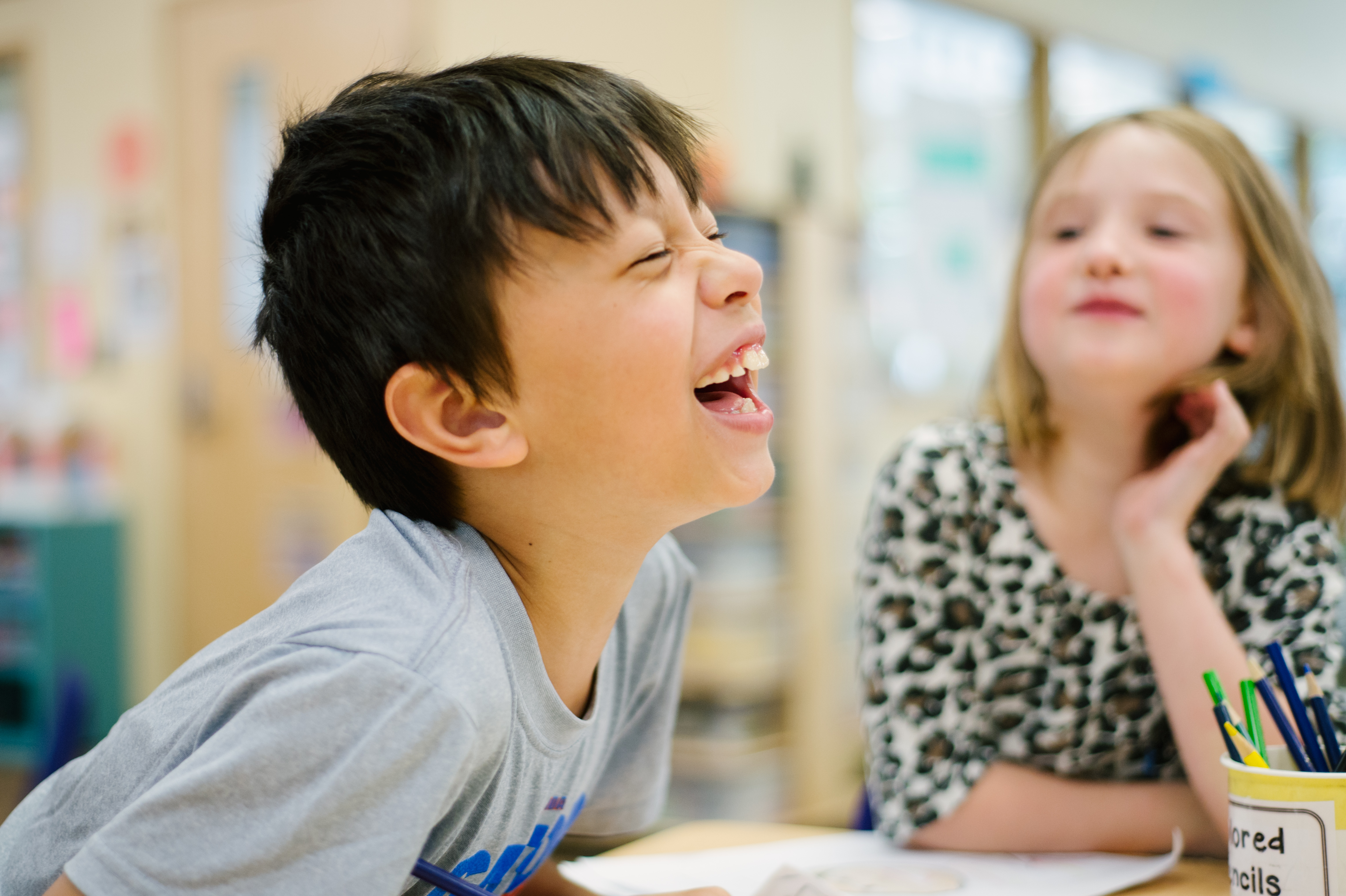 We have now been in the new building for just over three months. Teachers have developed routines and implemented plans developed in prior years as we anticipated this move. Professional learning sessions now begin with K-5 faculty teams collectively examining student artifacts to identify learning goals, design formative assessments, and track student learning. Discussions include probing and clarifying questions by each team member, with sessions ending as team members share: “Your work has informed my work by…” We continue to support the development of learning communities and teacher collaboration, as we deepen our K-5 interdependence.
We have now been in the new building for just over three months. Teachers have developed routines and implemented plans developed in prior years as we anticipated this move. Professional learning sessions now begin with K-5 faculty teams collectively examining student artifacts to identify learning goals, design formative assessments, and track student learning. Discussions include probing and clarifying questions by each team member, with sessions ending as team members share: “Your work has informed my work by…” We continue to support the development of learning communities and teacher collaboration, as we deepen our K-5 interdependence.
Sharing successes and challenges promotes strong working relationships as we maintain our focus on one goal: student success in a changing world.
Our work has just begun. We are prepared. We are optimistic. We are determined to meet the needs of today’s learners and as we anticipate the needs of tomorrow’s world.
